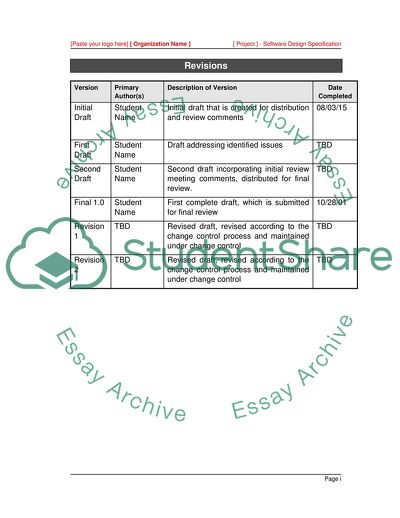Cite this document
(Software Design Specification Research Paper Example | Topics and Well Written Essays - 2000 words, n.d.)
Software Design Specification Research Paper Example | Topics and Well Written Essays - 2000 words. https://studentshare.org/information-technology/1862867-part-3-hci-project-design-specification
Software Design Specification Research Paper Example | Topics and Well Written Essays - 2000 words. https://studentshare.org/information-technology/1862867-part-3-hci-project-design-specification
(Software Design Specification Research Paper Example | Topics and Well Written Essays - 2000 Words)
Software Design Specification Research Paper Example | Topics and Well Written Essays - 2000 Words. https://studentshare.org/information-technology/1862867-part-3-hci-project-design-specification.
Software Design Specification Research Paper Example | Topics and Well Written Essays - 2000 Words. https://studentshare.org/information-technology/1862867-part-3-hci-project-design-specification.
“Software Design Specification Research Paper Example | Topics and Well Written Essays - 2000 Words”. https://studentshare.org/information-technology/1862867-part-3-hci-project-design-specification.


